Michigan EGLE awards $1.7 million for 36 EV fast charger stations
Green Car Congress
AUGUST 11, 2020
Drivers of electric vehicles will have more locations to recharge their vehicle’s batteries as they travel across Michigan through $1.7 The EGLE Charge Up Michigan Program grants will partially fund 36 EV DC fast charging stations with a total of 76 plug-in points for automobiles and light-utility vehicles.





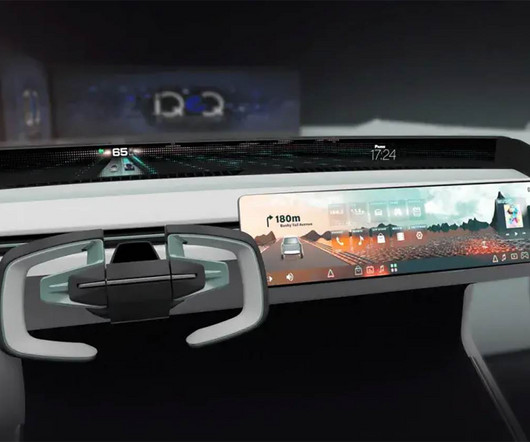


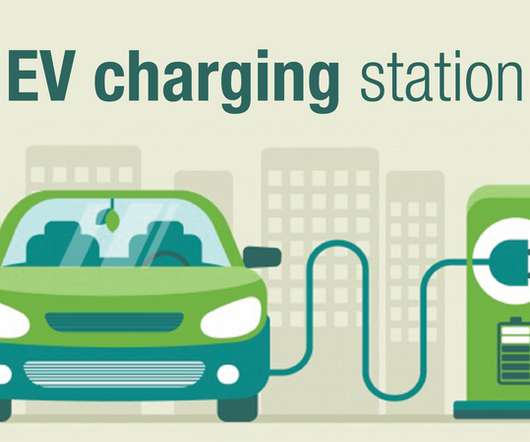
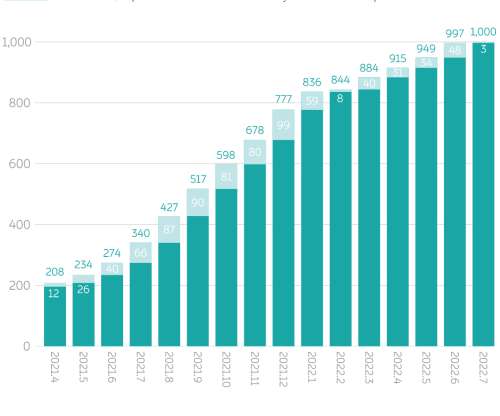



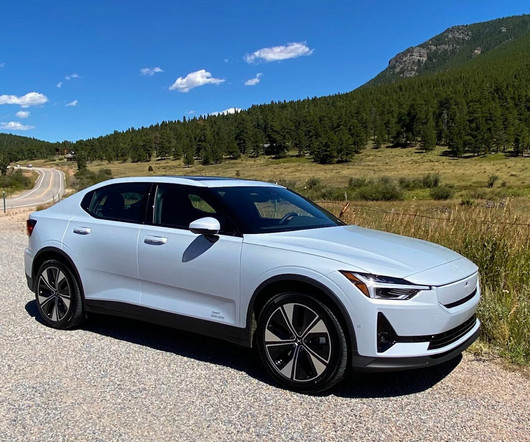


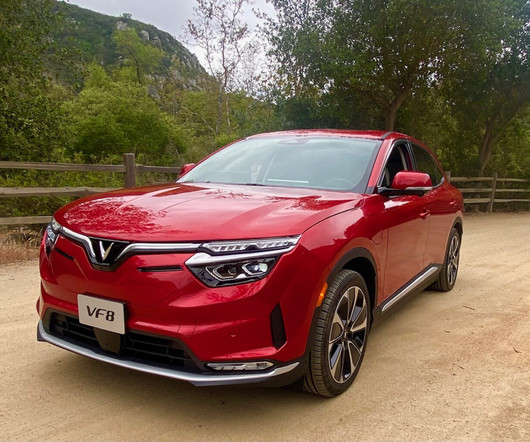
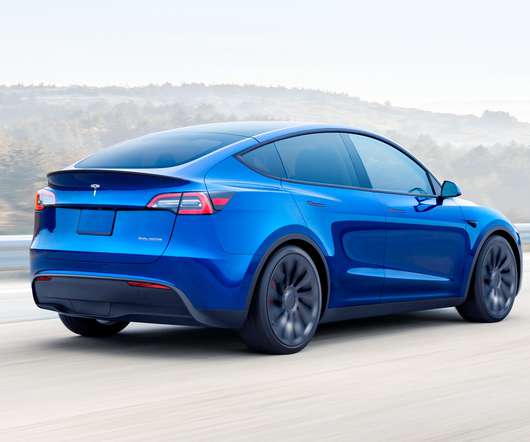





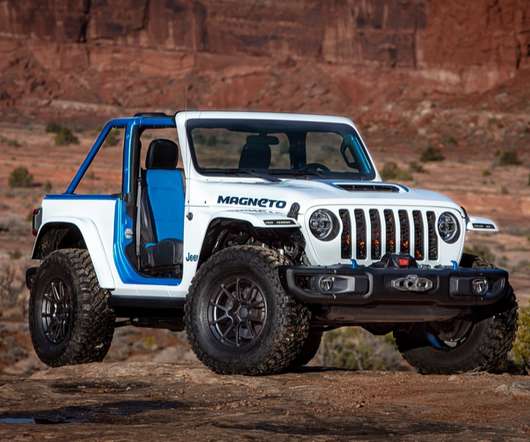


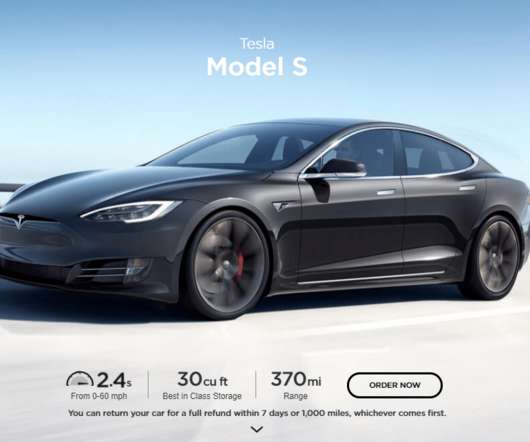
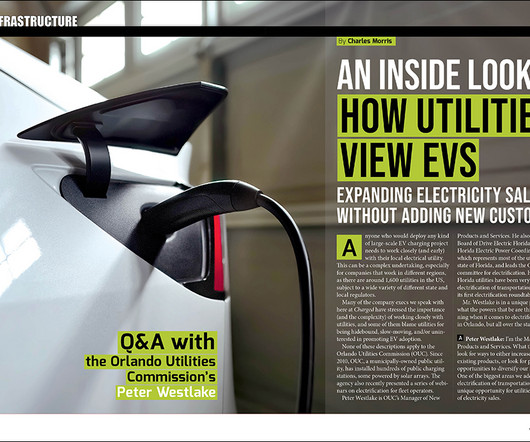
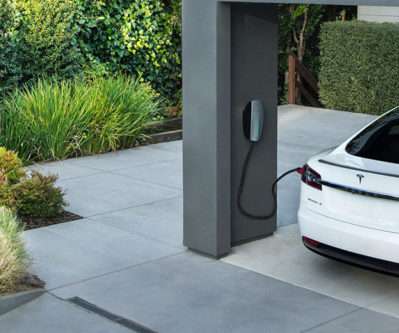


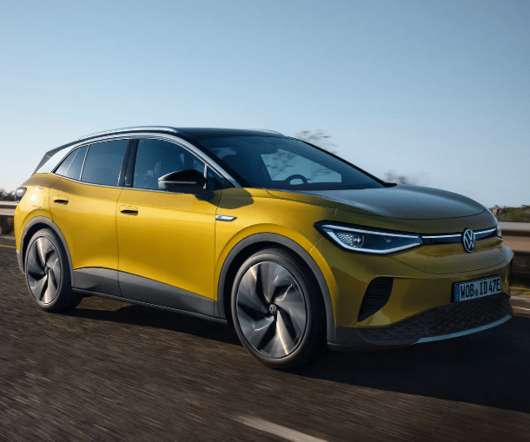













Let's personalize your content